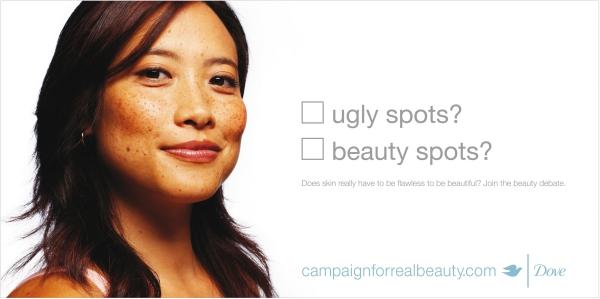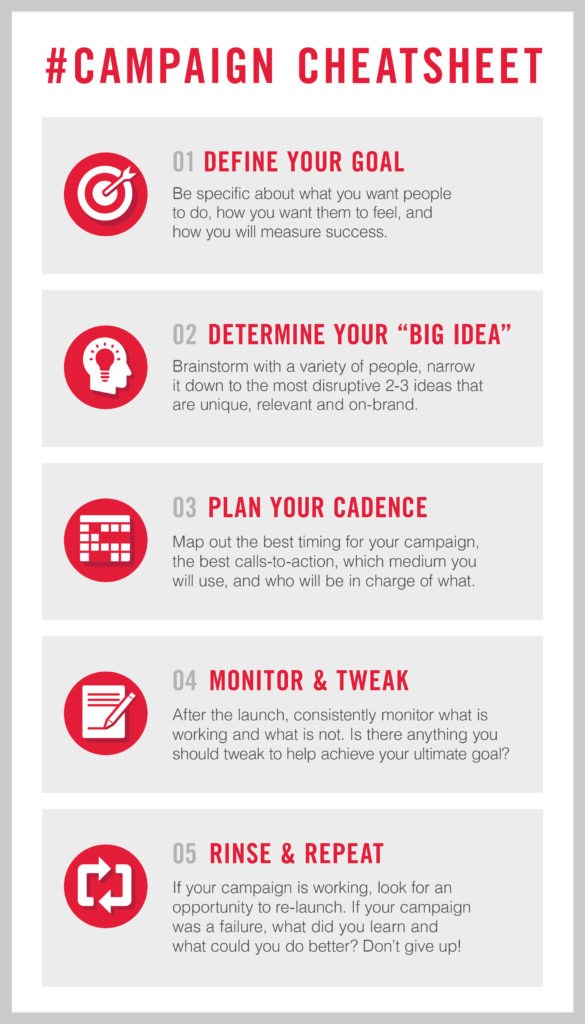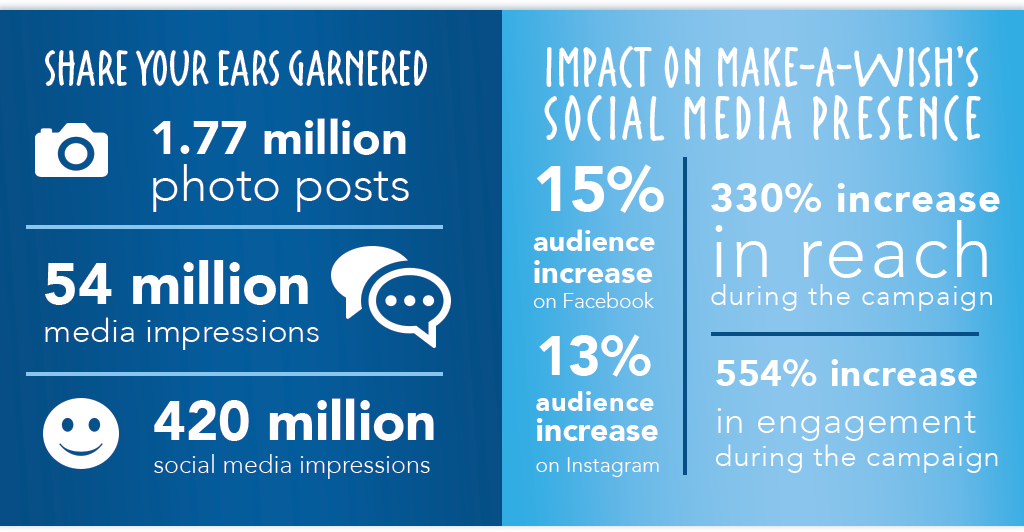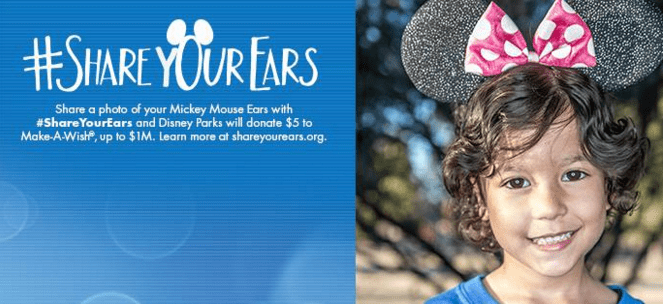PART 5 : #CAMPAIGN CHEATSHEET
The following article is part of an ongoing series from J.Schmid with the critical elements and insights you need to strategize, execute and launch successful omnichannel campaigns. Watch your email and follow #CampaignBuildingBlocks on social media to keep up with the full story.

As brands jump on the hashtag brand-wagon, one wonders if the effort truly makes a difference to the bottom line. Short answer? Absolutely. But, have some brands experienced major fails at achieving an ROI? Absolutely. Does it take a lot of effort and resources to get it right? Absolutely.
Why even bother? Campaigns are an excellent tool to create brand awareness, drive traffic, engage customers, promote a product or service, boost social media followers and ultimately helps track and quantify your content. For a stale brand, a brand campaign is the perfect opportunity to blow new life into your business.
If you peek under the cover of successful brand campaigns, you’ll find that they share many of the same ingredients. So, in an order to simplify the process, we’ve created a 5-point cheat sheet for producing stellar campaigns.
Here we go.
- Define your goal. Never create a campaign without understanding your ultimate goal, what you want people to do and how you want them to feel. Be specific as this will become your blueprint when executing both front and back-end tactics. Map it out and if possible, know ahead of time how you will understand your ROI. Are you launching a new product, creating brand awareness or changing perception, asking for customer participation? How will you measure success? Again, the more specific, the easier your path to success.
2. Determine your “BIG IDEA.” If you want to make an impact, an ideation exercise is critical to success. We recommend brainstorming with a variety of people and narrow it down to the 2-3 ideas that are the most unique, culturally relevant and is the most closely aligned with your brand personality or mission. When creating the hashtag, be original, keep it short (no more than 3-4 words), make it easy to remember while being directive or creating an emotion. What makes a great big idea? Be sure to read Brent Niemuth’s PART 4: THE BIG IDEA. Yeah, it’s that important.
A favorite of mine that perfectly fits what I’ve described is Disney’s collaboration with the Make-A-Wish Foundation. #ShareYourEars was brilliant, evoked emotion and on brand for both organizations.
3. Plan your Cadence. This is arguably the hardest part of executing a successful campaign. It’s not enough to advertise a hashtag and walk away. You must plan for the best timing, the best calls-to-action, which medium you will use to promote the campaign and who will be in charge of what. It’s a lot of pre-planning but necessary. Place a single person in charge but delegate, create deadlines with approvals included. Think about the back-end. Will you follow-up with those that engage? What is their customer journey? What is your back-end strategy that will help achieve your ultimate goal (see #1)? Think of all contingencies and map out everything.
Consistently monitor what is working and what is not.
4. Monitor and Tweak. And then comes the launch. Consistently monitor what is working and what is not. While you can’t change the hashtag, you can tweak how you engage on the back-end. Did you include an offer? Is it working? If not, tweak it. Does the audience understand what you are asking them to do? If not, tweak it. Which media is working best? Can you increase its exposure? Have the haters appeared (yes, there will be few), and are you ready to respond (or not)? What, if anything can you tweak to help achieve your ultimate goal (see #1)?
Were all their campaigns successful? Not necessarily! But they didn’t give up on their ultimate goal.
5. Rinse and Repeat. If your campaign is working, look for an opportunity to re-launch with a slight variation or another closely aligned campaign. If your campaign was a failure, what did you learn and what could you do better? Never give up. My favorite example is Dove soap. This is a legacy brand who reinvented itself with the campaign “Real Beauty.” They understand that they are in the business of beauty, but also understand that the beauty business helped create unrealistic standards that many of their customers find troubling. So, they sought to redefine true beauty more aligned with real, un-airbrushed women. They have been successfully running a series of campaigns under this umbrella for over 10 years, and it’s completely changed the perception of the brand. Were all their campaigns successful? Not necessarily! But they didn’t give up on their ultimate goal (see #1.)
That’s it! These fundamentals are a great start to properly plan and execute a successful social campaign. So if you want to engage your audience, reinvigorate your brand and make some new digital friends, use this cheatsheat to put pen to paper, make a plan, and #GetOutThere!
Need help with your big idea? We do this every day and would love to help create a memorable campaign. Email loisb@jschmid.com
Tags: #campaignbuildingblocks, #campaigncontent, Brand Campaign, brand marketing, Brand Storytelling, campaigns, contentMarketing



